THCA buds, which contain the non-psychoactive precursor to THC, offer a natural therapeutic option for relaxation, providing calming effects that can aid in stress relief and promote a sense of well-being. Unlike its heated counterpart THC, THCA found in THCA buds does not induce a psychoactive high, making it an attractive choice for those seeking the relaxing benefits of cannabis without cognitive impairment. The entourage effect amplifies these effects through the combined action of cannabinoids, terpenes, and flavonoids within the plant. For instance, myrcene contributes to sedative effects, caryophyllene offers anti-inflammatory properties, and limonene elevates mood, all contributing to relaxation. Users can consume THCA buds through various methods, including vaporizing for immediate effects or edibles for a prolonged release, with dosage starting from 5-10 milligrams, tailored to individual preferences. Sourcing high-quality THCA buds from reputable organic cultivators is crucial for safety and efficacy. THCA buds for relaxation are a popular and effective way to engage with the wellness properties of cannabis without significant mind-altering effects, making them an increasingly sought-after choice for those looking to relax naturally.
Discover the natural pathway to tranquility through an in-depth exploration of THCA flower, a non-psychoactive cannabinoid found in the cannabis plant. This article delves into the chemical intricacies of THCA and its inherent relaxing properties, guiding you on sourcing high-quality THCA buds for maximum relaxation effects. Learn about the critical process of decarboxylation that unlocks THCA’s potential, and understand the ideal dosage and consumption methods to enhance your experience. Finally, we’ll examine the terpene profile unique to THCA buds, revealing how these aromatic compounds contribute to their calming effects. Embrace the serene benefits of THCA buds for relaxation with this comprehensive guide.
- Unraveling THCA Buds: The Natural Pathway to Relaxation
- The Chemical Composition of THCA and Its Relaxing Properties
- Sourcing High-Quality THCA Flower for Maximum Relaxation Effects
- The Role of Decarboxylation in Activating THCA's Relaxing Potential
- Dosage and Consumption Methods for Optimal Relaxation with THCA Buds
- Exploring the Terpene Profile of THCA Buds and Its Influence on Relaxation
Unraveling THCA Buds: The Natural Pathway to Relaxation
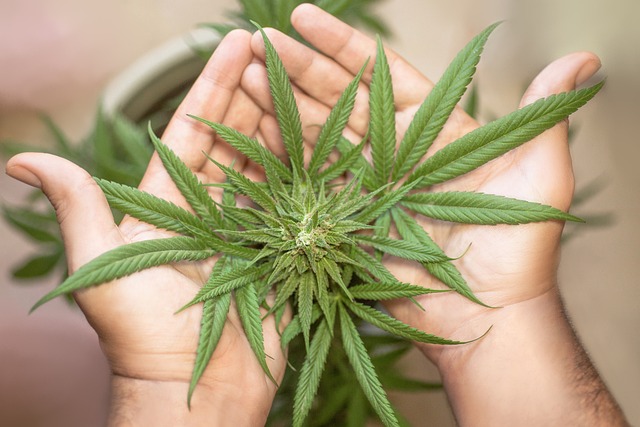
Discovering the therapeutic potential of THCA buds reveals a natural pathway to relaxation that extends beyond conventional stress-relief measures. Tetrahydrocannabinolic acid (THCA), which is the raw, non-psychoactive form of THC found in cannabis plants, has been gaining attention for its calming properties. Unlike its psychoactive counterpart THC, THCA interacts with the body’s endocannabinoid system without inducing intoxication, making it a suitable option for those seeking relaxation without impairment. Studies indicate that THCA buds may influence the body’s serotonergic receptors, which play a key role in mood regulation and happiness. This interaction can lead to a sense of well-being, helping users unwind after a hectic day or manage stress effectively. The entourage effect, where cannabinoids, terpenes, and flavonoids work synergistically, further enhances the relaxing effects of THCA buds. Users often report a gentle yet profound sense of tranquility, making these buds a favored choice for those in pursuit of natural relaxation methods. As such, incorporating THCA buds into one’s wellness routine can be a thoughtful approach to achieving a balanced and calm state of mind.
The Chemical Composition of THCA and Its Relaxing Properties
THCA, or tetrahydrocannabinolic acid, is a non-psychoactive cannabinoid found abundantly in raw cannabis plants and precursor to THC, the most well-known psychoactive component. The chemical composition of THCA includes a phenolic ring system with an oxo group, contributing to its potential therapeutic properties. This natural compound is gaining attention for its relaxing effects, which are thought to stem from its interaction with the body’s endocannabinoid system. When cannabis is heated, THCA undergoes decarboxylation and transforms into THC, losing its relaxing potential prematurely in this process. However, when consumed in its acidic form, as found in THCA buds for relaxation, users report feeling a soothing effect without the psychoactive high typically associated with THC. This makes THCA an attractive option for those seeking to harness cannabis’s therapeutic benefits for stress relief and relaxation without cognitive impairment.
Furthermore, the relaxing properties of THCA are believed to be due in part to its affinity for CB1 and CB2 receptors, which modulate various physiological processes, including pain sensation, mood, appetite, and memory. Unlike THC, THCA does not bind as strongly to these receptors, suggesting a different mechanism of action that may explain its unique, calming effects. As a result, THCA buds for relaxation are being explored by consumers and researchers alike for their potential to provide a sense of tranquility and well-being without altering the user’s mental state significantly. This makes them a popular choice for those looking to incorporate cannabinoids into their wellness routine during times when unwinding and de-stressing are paramount.
Sourcing High-Quality THCA Flower for Maximum Relaxation Effects
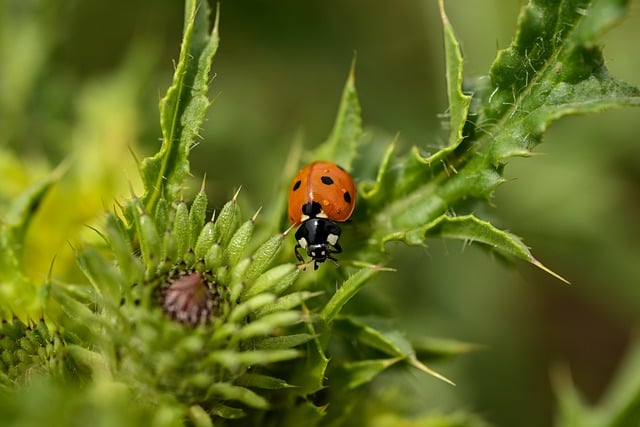
sourcing high-quality THCA buds is pivotal for those seeking maximum relaxation effects. The purity and potency of THCA flower, which contains tetrahydrocannabinolic acid, a non-psychoactive precursor to THC, are essential factors that influence its effectiveness. When selecting THCA buds for relaxation, it’s crucial to consider the cultivation practices and the strain’s lineage. Reputable growers who employ organic farming methods often yield superior products, free from chemical residues that can dampen the plant’s natural therapeutic properties. Additionally, opting for strains known for their calming effects, such as ACDC or Harlequin, can enhance the relaxation experience. These strains are bred to have a higher concentration of THCA and lower levels of THC, ensuring a more relaxed state without the psychoactive “high” associated with THC. When purchasing, it’s advisable to acquire THCA buds from licensed dispensaries or directly from trusted cultivators who provide certificates of analysis. These documents verify the cannabinoid profile and the absence of contaminants, guaranteeing a safe and consistent experience for relaxation enthusiasts.
The Role of Decarboxylation in Activating THCA's Relaxing Potential
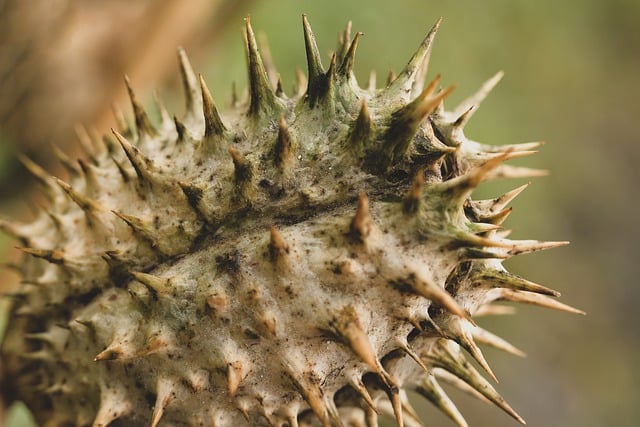
THCA, or tetrahydrocannabinolic acid, is the precursor to the well-known psychoactive compound THC found in cannabis. In their raw form, THCA buds for relaxation offer a unique benefit that stems from their non-psychoactive nature. Unlike its decarboxylated counterpart, THCA interacts with the body’s endocannabinoid system without inducing intoxication, making it a sought-after compound for those seeking therapeutic effects without the high. The relaxing potential of THCA is locked within its molecular structure, which contains a carboxyl group that must be removed through a process known as decarboxylation to unlock its true efficacy.
Decarboxylation is a natural chemical reaction that occurs when cannabis is exposed to heat over time or during the combustion process. This transformation converts THCA into THC, activating the compound’s psychoactive properties and releasing its full spectrum of potential benefits, including relaxation. The decarboxylation process is pivotal in determining the effects experienced by users. When THCA buds for relaxation are properly decarboxylated, they can provide a calming effect that is often desired for stress relief and promoting a sense of well-being. This makes understanding and controlling the decarboxylation process essential for those looking to harness the relaxing potential of THCA in cannabis products.
Dosage and Consumption Methods for Optimal Relaxation with THCA Buds
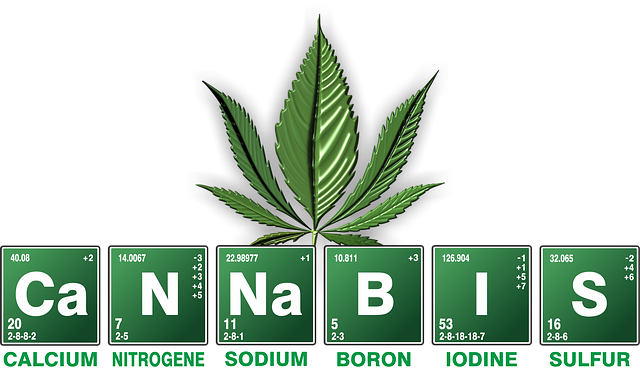
When seeking optimal relaxation using THCA buds, understanding the correct dosage and consumption methods is paramount. THCA buds, which contain the non-psychoactive precursor to THC, are known for their relaxing effects without the intoxicating properties associated with delta-9-THC. For relaxation, many users prefer to consume THCA flower through inhalation methods like vaporizing or smoking. Vaporizing offers a controlled dosage experience, allowing users to tailor their intake and intensity of effects. It’s advisable to start with small puffs, assessing your response before consuming more. This approach enables a gradual onset of the calming sensation, which can last for several hours, ensuring a prolonged state of tranquility.
Additionally, THCA buds can be ingested orally in the form of edibles or capsules. These methods offer an extended release effect, which can be ideal for those looking to unwind over a longer period. When opting for edibles, it’s crucial to wait and observe the effects before consuming additional portions due to the delayed onset of effects. The dosage should be determined by individual tolerance and experience; however, a common starting point is 5-10 milligrams of THCA, which can be adjusted based on personal needs and effects desired. Whether through inhalation or ingestion, the key to achieving relaxation with THCA buds lies in starting low and going slow, allowing your body to acclimate to the compound’s effects and ensuring a safe and enjoyable experience.
Exploring the Terpene Profile of THCA Buds and Its Influence on Relaxation
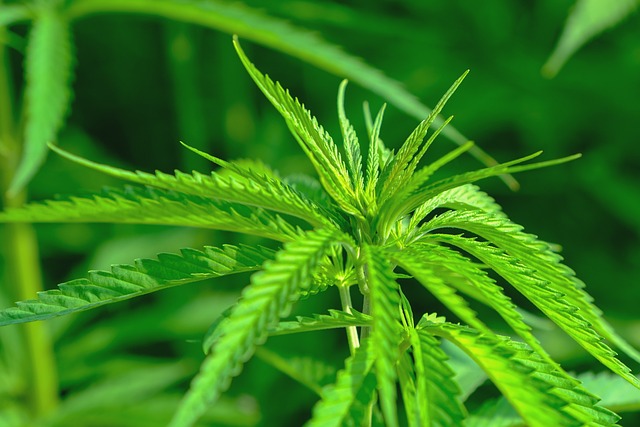
THCA, or Tetrahydrocannabinolic Acid, is the non-psychoactive precursor to THC, the compound in cannabis known for its psychoactive effects. When heat is applied to THCA, it decarboxylates into THC. In its raw form, THCA buds exhibit a unique terpene profile that plays a pivotal role in their influence on relaxation. The most abundant terpenes found in THCA buds are myrcene, caryophyllene, and limonene, each contributing distinct relaxing properties. Myrcene, the most prevalent terpene in cannabis, is often referred to as the ‘mother of all herbs’ and is known for its sedative effects, which can enhance relaxation and alleviate stress. Caryophyllene offers a spicy, peppery aroma and possesses anti-inflammatory properties that can soothe both the body and mind. Limonene, with its citrusy scent, has been shown to uplift mood and aid in stress reduction, further contributing to the overall calming effect of THCA buds. These compounds work synergistically within the endocannabinoid system, modulating neurotransmitters and receptors that regulate mood, pain sensation, and inflammation responses, making THCA buds a popular choice for those seeking natural ways to unwind and promote relaxation.
THCA buds have emerged as a natural alternative for those seeking relaxation. This in-depth exploration has delved into the multifaceted nature of THCA, from its chemical makeup to the nuanced effects of its terpene profile. It’s clear that selecting high-quality THCA flower is paramount for achieving the desired calming effects. Understanding the process of decarboxylation and proper dosage ensures a safe and enjoyable experience. As the evidence suggests, THCA buds for relaxation are a promising avenue, meriting further research and consideration by both enthusiasts and scientists alike. With careful selection and responsible use, these buds hold potential as a natural pathway to tranquility.
